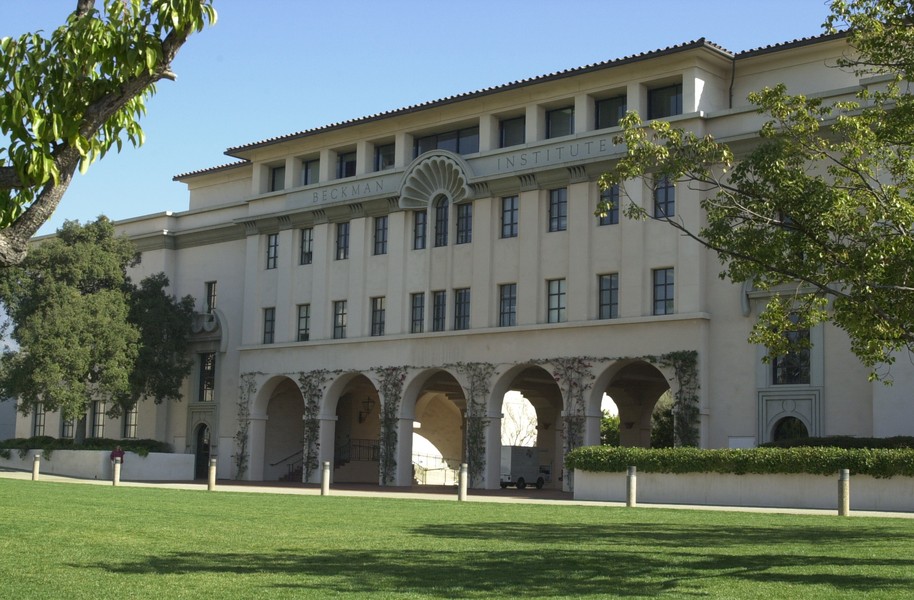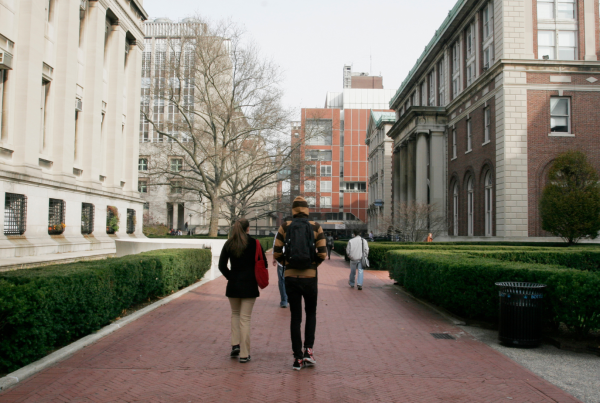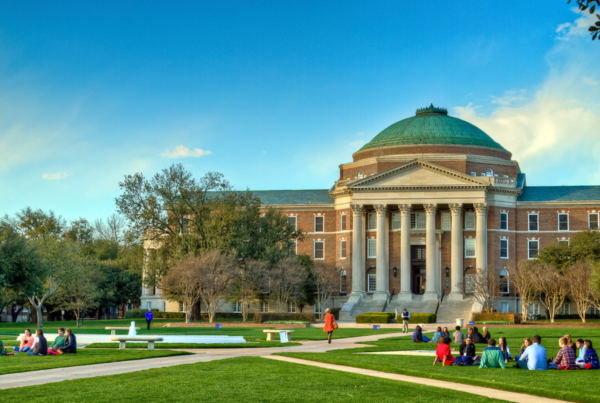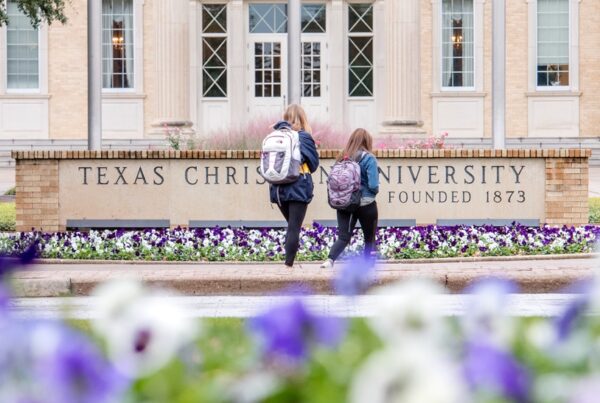 by Dave Best
by Dave Best
As an Independent Education Consultant at Galin Education, I have the privilege of meeting with many great families and the rewarding pleasure of serving tremendous students. One challenge I face is finding schools and programs that balance a student’s desire for liberal arts education with their parents requirement of the immediate employability of an engineering degree. There is a solution, though, through a 3+2 dual degree that combines the best of both types of education.
Students may prefer the intimacy of small schools and small classes at a Liberal Arts College (LAC). They welcome the opportunity to work closely with their professors and peers and benefit from the freedom a small school provides. An added bonus is to not be forced to endure auditorium-style introductory courses with hundreds of their classmates.
Parents fear if their child does not earn a degree in a major that is directly marketable, their newly-minted college graduate will be forced to move back home and be underemployed. Many point to the rising cost of college and the importance of achieving a solid return on their investment.
Consider 3+2 programs that start an education at a liberal arts college to complete prerequisite courses and liberal arts classes before finishing at a university with an ABET-accredited engineering degree. Please note these programs do take five years, but do result in two bachelors degrees after year five, a Bachelor of Arts from the LAC plus a Bachelor in Science from the university.
Programs that result in a dual engineering degree are available at a select number of Liberal Arts Colleges and their partner universities for the engineering degree. Once a student selects this path towards a 3+2 dual degree, they need to complete the prerequisite courses, achieve the qualifying GPA and procure necessary recommendations. Once those requirements are completed in year three, the student then will typically have guaranteed transfer admission into the partner school to complete their two-year engineering program.
There are distinct benefits to completing the initial prerequisite classes in a small setting and building a solid foundation in preparation for the engineering courses. For example, at some large universities the introductory courses serve as weed out classes and can contain hundreds of students in a single classroom. These larger schools work that way out of necessity as they enroll significantly more students interested in engineering than they have spots for in their program. Plus as a freshman, students may not be as prepared to successfully compete as well as they will be to take engineering courses coming out of the liberal arts college three years later.
A few potential downsides of these programs may include the necessity of transferring to another school. As most LACs do not offer engineering degrees, the necessity to leave your college for years four and five can be disruptive to the friendships and relationships the student has built. Additionally, there is the cost of the fifth year of education, rather than a traditional four year degree.
Employers do buy into the 3+2 engineering programs as well. Beyond hiring a technically competent engineer, they also secure a new employee who knows how to think. Plus their new hire has training in the liberal arts in how to write, how to research, and how to present. These students have invested in their success, and companies reap the benefit. Some even pay a higher starting salary to dual degree engineers.
Here are a few examples of solid engineering programs that provide 3+2 degrees in conjunction with excellent liberal arts colleges:
Northeast
Columbia University
At this Ivy League school based in New York City, freshman admissions are most selective with around 6% of applicants accepted. Through their Combined Plan program, students from a variety of top liberal arts colleges including Bard, Bates, Bowdoin, Colgate, Davidson, Middlebury, Oberlin, Reed, Scripps and Wesleyan can earn their undergraduate engineering degrees at Columbia.
Program: http://undergrad.admissions.columbia.edu/apply/combined-plan
Partners: http://undergrad.admissions.columbia.edu/sites/default/files/combined_plan_affiliates_2014.2015.pdf
South
Georgia Institute of Technology
Widely regarded as one of the best engineering programs nationally, Georgia Tech is a public university in the heart of Atlanta. Through GT’s Dual Degree program, students from a variety of of liberal arts college partners including Xavier and several Historically Black Colleges/Universities such as Clark Atlanta, Dillard, Morehouse, and Spelman.
Program: http://admission.gatech.edu/transfer/dual-degree
Partners: https://coe.gatech.edu/dual-degree
Midwest
Washington University in St Louis
As one of the nationally-renowned private universities, Wash U, based in St. Louis, has highly selective freshman admissions with around 15% of applicants selected. The Dual Degree program opens the door to a Wash U engineering degree from many LACs including those in the Midwest such as Carleton, Grinnell, Oberlin, Kenyon, St Olaf and Lawrence.
Program: https://engineering.wustl.edu/prospective-students/dual-degree/Pages/default.aspx
Partners: https://engineering.wustl.edu/prospective-students/dual-degree/Pages/affiliated-schools.aspx
West
CalIfornia Institute of Technology
Perhaps the smallest of the top national universities, Caltech has around 1,000 total undergraduates and is based in Pasadena. Coupled with a freshman acceptance rate less than 10%, very few students are admitted to Caltech out of high school. As you might imagine, the 3+2 program is also small, with only 13 liberal arts colleges partnering. They include West Coast LACs such as Occidental, Pomona, Reed and Whitman.
Program: https://www.admissions.caltech.edu/content/faq-32-applicants
Partners: https://www.admissions.caltech.edu/content/32-program





